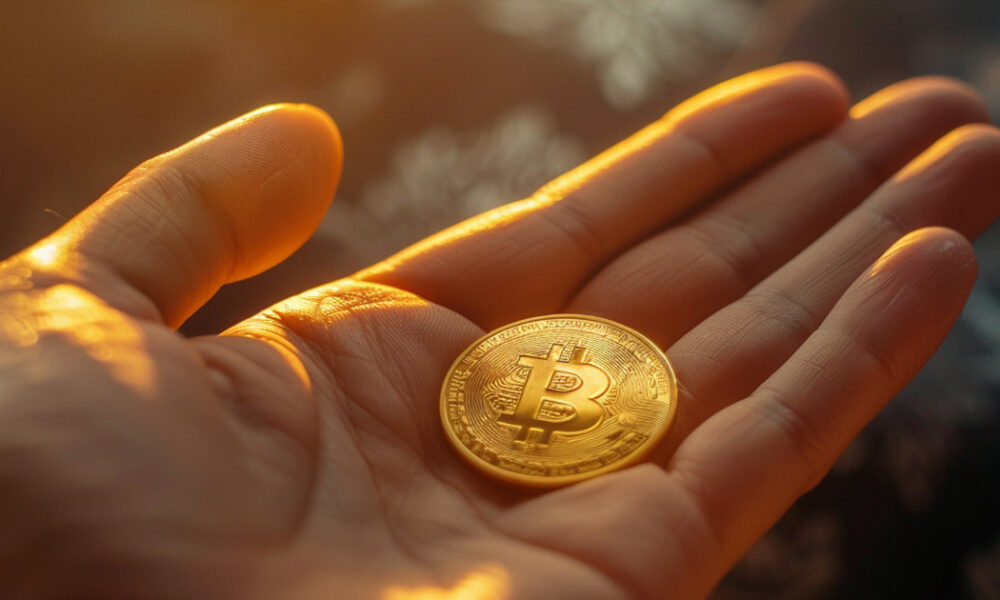News
Cryptocurrency’s dirty little secret? It’s safe

The following is a guest post by Ben Mills, co-founder of Meso.
The US Securities and Exchange Commission gave its blessing Ether AND Bitcoin The ETFs and the U.S. House passed FIT-21 with bipartisan support. The perception is that these are the next steps in the ongoing experiment to see if regulation can reduce the risks inherent in cryptocurrencies and tame the wild digital asset sector.
But what if I told you that, by nature, cryptocurrencies have the potential to be much safer than the existing financial system?
The salient concept here is “custody”, or more specifically, “self-custody” – the ability of people to maintain control over their assets and data during financial transactions, without the intermediation of third parties such as banks, stock exchanges or web companies,
Let’s tell the truth. Most people who pay attention to cryptocurrencies most likely have their opinions influenced by headlines about catastrophes like Sam Bankman-Fried’s FTX collapse or Binance CEO Changpeng Zhao’s conviction on money laundering charges.
However, those scandals had much more to do with human nature than the nature of cryptocurrencies.
Looking back at the cryptocurrency bull market of 2019-2020, developers were attempting to create sophisticated cryptocurrency-based applications that were simple for novice traders and investors. In too many cases, simplicity has been achieved by sacrificing self-custody and trusting the responsible management of massive centralized exchanges like FTX.
Consumers have been fed a combination of the worst risks of Web2 fintech and the unsolved problems of Web3. This shortcut has led to disaster for companies, their investors and their customers.
But we don’t need to go back to Lehman Brothers to prove that cryptocurrencies don’t have a monopoly on spectacular financial failures.
Consider, for example, the current case of Synapse financial technologiesa non-crypto company whose platform is an intermediary that allows financial technology companies to provide banking-type services (such as checking accounts, credit cards, and debit cards).
Questions of trust and custody are at the heart of the implosion of the banking-as-a-service pioneer, once touted as the vanguard of fintech and now teetering between bankruptcy and liquidation. U.S. Bankruptcy Court Judge Martin R. Brash said “tens of millions” of individual “filers” are in danger of losses amounting to “potentially hundreds of millions of dollars,” according to a report from Forbes.
Speaking as a developer and former product expert for companies like Braintree, Venmo and Paypal, who has since seen the light of blockchain payments, I can tell you that the real strength of cryptocurrencies, compared to traditional fintech, is that it allows developers to build in a much faster and leaner way. This is because the underlying blockchain technology already takes into account fintech hurdles such as data security, payment integration and, as previously mentioned, custody of funds.
The new generation of crypto-based apps has the advantage of new technology that abstracts away complex details in favor of user-friendly interfaces. At the same time, it preserves self-custody, so it doesn’t run the same risk that centralized entities did during the last cycle.
In other words, while public attention is focused on putting out the fires lit during 2019-2020, the cryptographic infrastructure has matured to the point where we can get the best of both worlds: a friendly Web2 user experience with apps created by developers who don’t You don’t have to worry about taking custody of user data or funds, making it more secure for every participant.
This is what gets cryptocurrency developers and entrepreneurs excited about digital assets. Cryptocurrencies are becoming safer, faster, and easier, perfecting the experience of the average user. This intentional invisibility is a key goal at the end of cryptocurrencies’ journey to becoming a significant component of the mainstream financial system and people’s daily lives.
